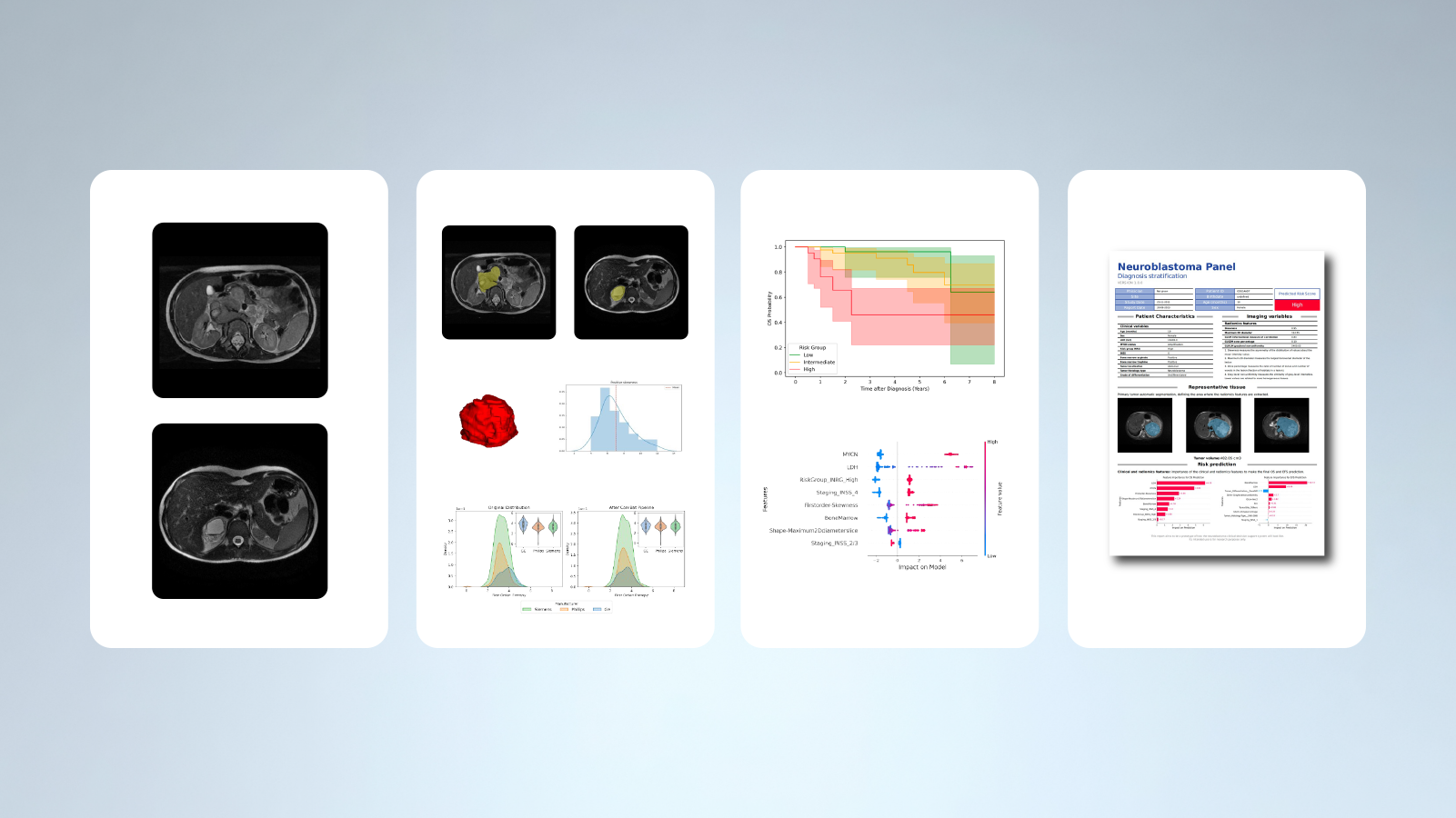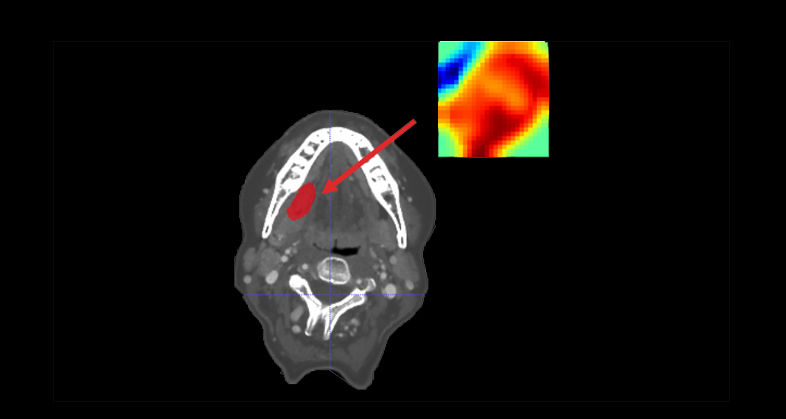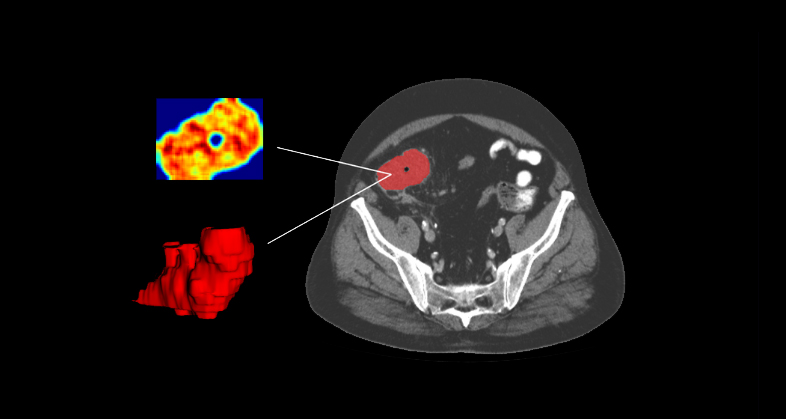The challenge
The standard therapy for diffuse large B-cell lymphoma (DLBCL) – R-CHOP – is ineffective in about one-third of patients. Early identification of these patients is crucial for testing alternate treatments. In a retrospective study, we explored the predictive value of 18F-FDG PET/CT imaging (radiomic and conventional PET parameters), clinical data, and genomic parameters, either alone or combined, for a complete response to first-line treatment in newly diagnosed DLBCL.
The solution
All the visible lesions at pre-treatment were segmented in entirety to assess tumor burden and imaging features were extracted from them. Predictive models for treatment response were developed using multivariate logistic regression, either with clinical and imaging features or with these features plus genomic features. Manual selection or linear discriminant analysis (LDA) for dimensionality reduction was used for imaging feature selection. Performance was gauged using confusion matrices and specific metrics. Thirty-three patients were included (median age 58 years, range 49-69); 23 of them (70%) achieved a complete long-term response.

Whole body 18F-FDG PET/CT imaging exam of a patient with DLBCL in the coronal plane (left) and segmentation mask where every lesion is a unique label (right)
The outcome
The combination of 18F-FDG PET/CT-derived imaging features (GLSZM_GrayLevelVariance, Sphericity, and GLCM_Correlation), clinical variables, and genomic data successfully predicted complete response to first-line treatment in DLBCL patients, with BCL6 amplification being the most predictive genetic marker. The combined model (radiomic plus clinical data) built using LDA and including genomic data showed an AUC of 0.904, 90% balanced accuracy vs AUC of 0.891, 80.7% balanced accuracy for the model that combined clinical data plus radiomic features.
-
Ferrer-Lores B, Lozano J, Fuster-Matanzo A, Mayorga-Ruiz I, Moreno-Ruiz P, Bellvís F, Teruel AB, Saus A, Ortiz A, Villamón-Ribate E, Serrano-Alcalá A, Piñana JL, Sopena P, Dosdá R, Solano C, Alberich-Bayarri Á, Terol MJ. Prognostic value of genetic alterations and 18F-FDG PET/CT imaging features in diffuse large B cell lymphoma. Am J Cancer Res. 2023 Feb 15;13(2):509-525
Related case studies
-

Empowering neuroblastoma risk stratification through AI algorithms
Read more
-

CT-based clinical-radiomics model to predict progression and drive clinical applicability in locally advanced head and neck cancer
Read more
-

Early detection of localized colon cancer relapse using an AI-based predictive model
Read more
